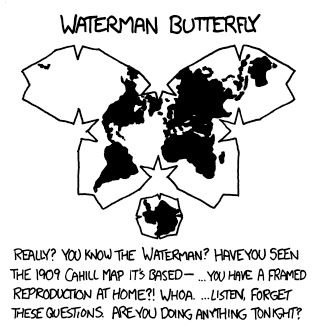Source: https://old.reddit.com/r/MapPorn/comments/1i81kv0/the_balkans_and_anatolia_in_the_year_1444/
Author
My new map of the Balkans and Anatolia in the year 1444 in the size of 13,981x9,752. 🗺️✨
More info on my social media! https://heylink.me/stefan74
In 1444, the Balkans were a region of significant conflict and transformation. The Ottoman Empire, under Sultan Murad II, was expanding its influence, while Christian kingdoms, including Hungary and Poland, sought to resist Ottoman encroachment. This period culminated in the Battle of Varna on November 10, 1444, where Ottoman forces achieved a decisive victory over the Christian army, leading to the further consolidation of Ottoman power in the Balkans. ⚔️🏰 Encyclopedia Britannica
During this time, many parts of the Balkans were under the rule of Venetian, Hungarian, or Orthodox powers. Strategic cities like Belgrade, Skopje, and Sofia emerged as key centers of influence, marking the crossroads of East and West in this turbulent era. 🌍💥 EGO | Europäische Geschichte Online
In Anatolia, the Ottoman Empire had firmly established its control, unifying the region and strengthening its central authority. Sultan Murad II’s reign marked a period of significant consolidation, laying the foundation for future Ottoman expansion into the Balkans and beyond. The empire’s dominance over Anatolia provided the stability and resources needed for its military campaigns, including incursions into Southeast Europe that would dramatically reshape the political landscape of the region. 🏛️💪
The Ottoman control over Anatolia in 1444 was pivotal in enabling the empire to project its influence and power, setting the stage for its future expansion across the Mediterranean and into the heart of Europe. 🌍🚀


As I understand it, the Wielbark culture is the earliest one that we are certain was associated with the Goths, and it was based around modern day Poland and Lithuania. There’s some theorising that they came from the Swedish island of Gotland before that. The Roman historian Jordanes said so, but he was writing in the 6th century, so a couple hundred years after Gothic migrations.
However upon checking, it looks like I did slightly misremember that chronology; they mostly moved to the area you describe before the Migration Period, rather than roughly simultaneously with it as I had been thinking. I think I was mentally overestimating the physical separation between the Ostrogoths and Visigoths. I will edit a correction into my comment